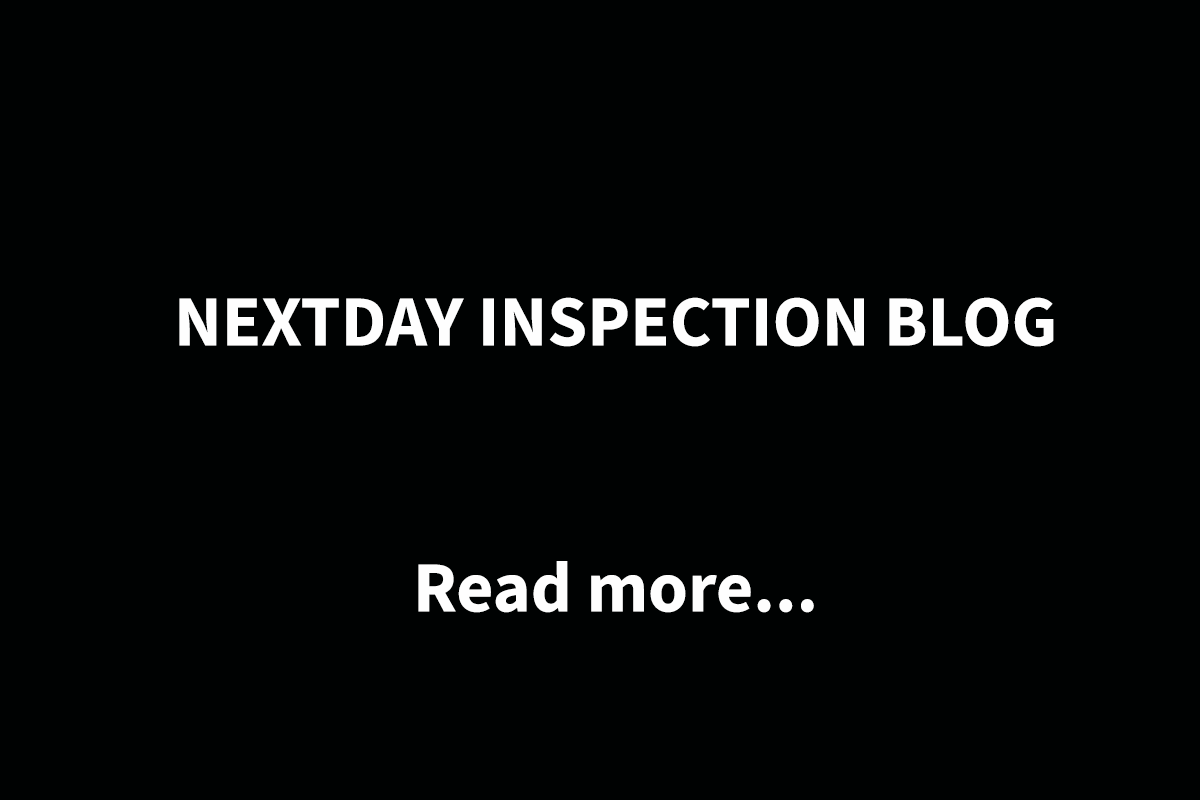Polybutylene pipes have been a cause of concern for homeowners in Florida and across the country due to their tendency to fail and cause extensive water damage. Let’s explore the history of polybutylene pipes, why they pose significant issues in Florida homes, and the challenges homeowners face in obtaining insurance coverage for properties with these pipes.
The Rise of Polybutylene Pipes
Polybutylene pipes first gained popularity in the 1970s as a cost-effective alternative to copper pipes. These flexible plastic pipes were easy to install and were initially thought to be a durable and reliable plumbing solution. However, their early adoption marked the beginning of a troubling legacy that would haunt homeowners for decades to come.
Usage Timeline:
- Polybutylene pipes started to be widely used in residential properties in the late 1970s and gained popularity throughout the 1980s and early 1990s.
- At their peak, millions of homes in the United States, including many in Florida, were equipped with polybutylene plumbing systems.
Manufacturing Beginnings:
- Polybutylene pipes were manufactured by several companies, with the most commonly used pipes being produced by Shell Oil Company’s subsidiary, Qest.
- Despite their initial promise, polybutylene pipes soon revealed significant vulnerabilities that led to widespread issues and concerns among homeowners, plumbers, and insurers.
Issues with Polybutylene Pipes in Florida Homes
Prone to Failure: Polybutylene pipes are notorious for their susceptibility to premature failure and ruptures. The pipes can deteriorate when exposed to certain chemicals and components in water, leading to leaks, cracks, and costly water damage.
Corrosion Concerns: In Florida’s warm and humid climate, polybutylene pipes are at a higher risk of accelerated deterioration due to factors like chlorine in the water supply and exposure to UV rays. This can lead to weak spots in the pipes and increased chances of leaks.
Insurance Challenges: Insurers in Florida and beyond have flagged polybutylene pipes as a high-risk plumbing material due to their history of failures and water damage incidents. Many insurance companies consider properties with polybutylene pipes to be a higher liability, leading to difficulties in obtaining coverage or facing higher premiums.
The Insurance Conundrum
Insurability Concerns: Insurance companies view properties with polybutylene pipes as a potential liability due to the increased risk of water damage claims. As a result, homeowners with polybutylene plumbing systems may struggle to secure comprehensive insurance coverage for their properties.
Limited Coverage Options: Some insurers may offer coverage for properties with polybutylene pipes, but with restrictions and exclusions related to water damage caused by pipe failures. Homeowners may be required to mitigate risks by replacing the pipes or taking other preventive measures to qualify for coverage.
Final Thoughts
Polybutylene pipes have left a troubling legacy in Florida homes, where the climate and water quality factors exacerbate the risks associated with these plumbing systems. Homeowners grappling with polybutylene pipes face the dual challenges of dealing with potential plumbing failures and navigating insurance hurdles.
For homeowners in Florida and beyond, addressing the presence of polybutylene pipes in their properties is crucial not only for preventing water damage and costly repairs but also for ensuring insurance coverage and peace of mind. By understanding the risks associated with polybutylene pipes and taking proactive steps to address them, homeowners can protect their investment and safeguard their homes against plumbing disasters.

schedule 4 point inspection now

